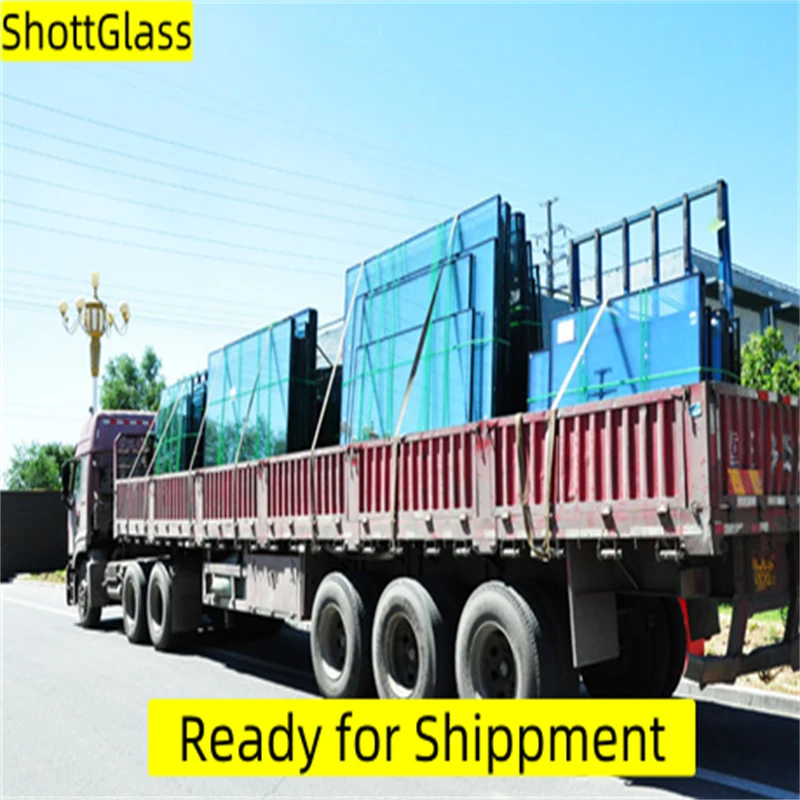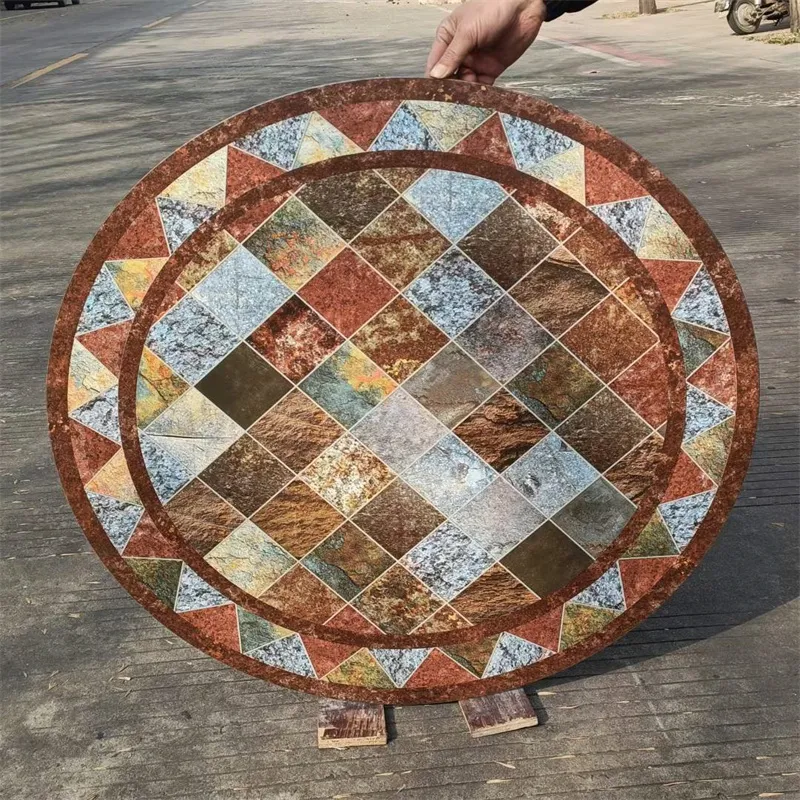Aug . 28, 2024 10:53 Back to list
Toughened Laminated Safety Glass - Enhanced Durability and Security
Understanding Toughened Laminated Safety Glass
Toughened laminated safety glass is an innovative material that has transformed various industries, particularly construction, automotive, and interior design. Known for its enhanced durability and safety features, this type of glass is engineered to withstand significant impact while providing protection from shattering, making it a preferred choice for many applications.
What is Toughened Laminated Safety Glass?
Toughened laminated safety glass combines two advanced glass technologies toughened (or tempered) glass and laminated glass. Toughened glass undergoes a rigorous heating and cooling process, increasing its strength compared to regular glass. This process makes it approximately five times stronger than standard glass, allowing it to endure high levels of stress and resist thermal shock.
Laminated glass, on the other hand, consists of two or more layers of glass that are bonded together with a layer of polyvinyl butyral (PVB). This interlayer acts as a cushion; in the event of breakage, the glass fragments adhere to the PVB layer rather than scattering, thus reducing risks of injury.
When combined, toughened laminated safety glass offers optimal performance. It not only boasts high mechanical strength but also provides outstanding safety characteristics, making it ideal for environments where glass breakage poses significant hazards.
Applications of Toughened Laminated Safety Glass
1. Architectural Use In buildings, toughened laminated safety glass is used for facades, skylights, and glass railings. Its high durability makes it suitable for high-rise constructions that face strong wind loads and varying weather conditions. Furthermore, the safety attributes contribute to overall building integrity and occupant protection.
toughened laminated safety glass

2. Automotive Industry The automotive sector widely utilizes toughened laminated glass for windshields and side windows. The combination of toughness and the ability to prevent shattering enhances passenger safety during accidents. Moreover, laminated glass provides better sound insulation, improving comfort during driving.
3. Interior Design Homeowners and interior designers increasingly prefer toughened laminated safety glass for decorative elements like room dividers, shower enclosures, and tabletops. Its aesthetic appeal, coupled with safety benefits, makes it an attractive option for modern interior spaces.
Benefits of Toughened Laminated Safety Glass
The primary advantage of toughened laminated safety glass is its unparalleled protection. In contrast to regular glass, which may shatter upon impact, this innovative material maintains its integrity, thus minimizing the risk of injuries from falling shards.
Additionally, its enhanced thermal performance can help in energy conservation, making buildings more energy-efficient and reducing heating and cooling costs. The glass can also be manufactured with various tints and coatings, providing UV protection and reducing glare without compromising visibility.
Conclusion
Toughened laminated safety glass represents a significant advancement in glass technology, offering an exceptional combination of strength, safety, and aesthetic versatility. As industries continue to prioritize safety and sustainability, this innovative material is likely to see increased adoption, shaping the future of architectural design, automotive manufacturing, and interior aesthetics. Its ability to create safer environments and enhance structural integrity underscores its critical role in modern applications.
-
What Is Float Glass- All You Need to Know
NewsJun.04,2025
-
How Is Tempered Glass Made?
NewsJun.04,2025
-
What is Tempered Glass and What It's Used For?
NewsJun.04,2025
-
Different Types of Tempered Glass: Choosing the Right Solution for Your Application
NewsJun.04,2025
-
What is the Difference Between Float Glass and Normal Glass?
NewsMay.30,2025
-
Differences Between Float Glass, Tempered Glass and Laminated Glass
NewsMay.29,2025
Related PRODUCTS














